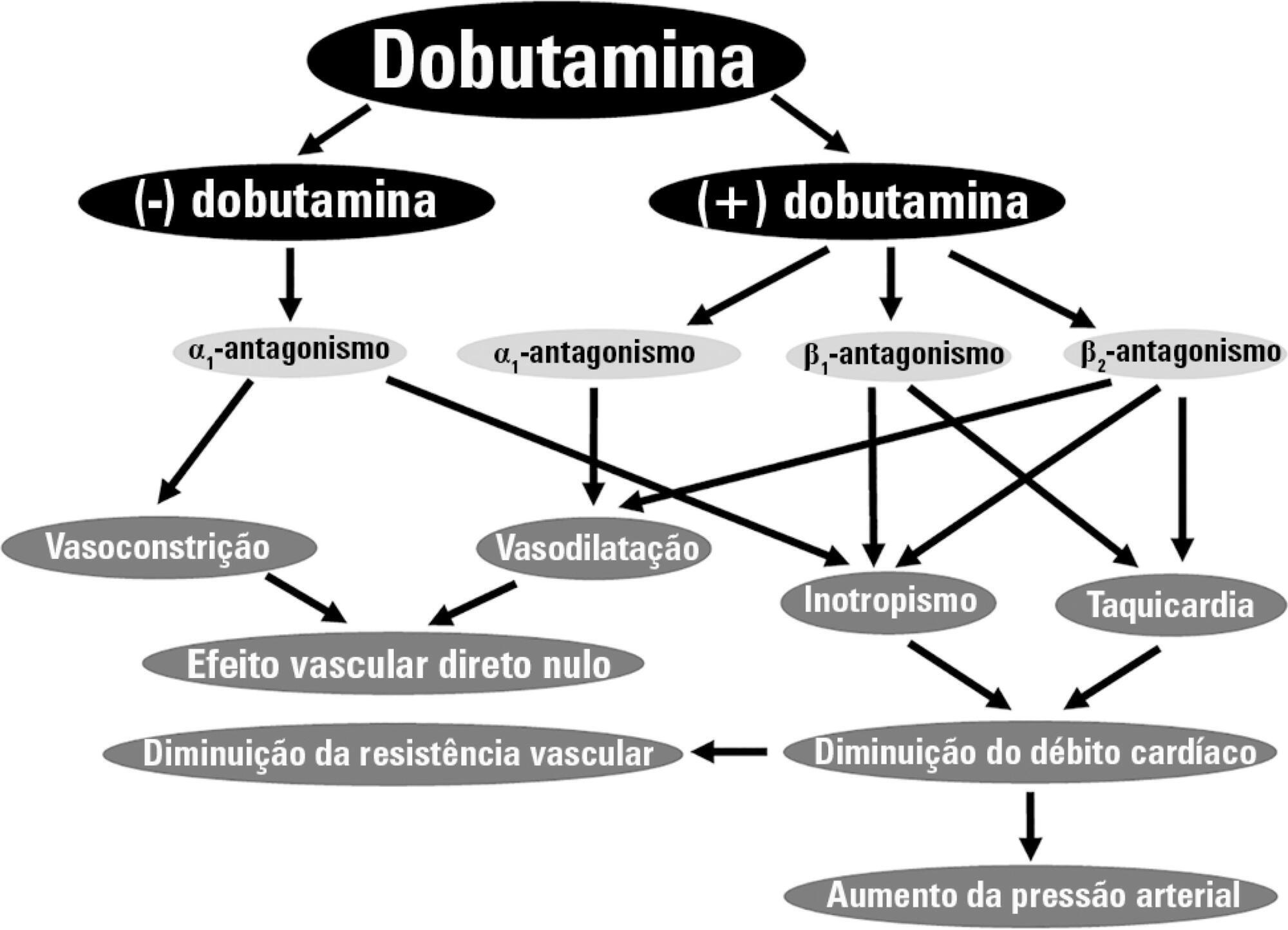Abstract
Rev Bras Ter Intensiva. 2017;29(4):490-498
DOI 10.5935/0103-507X.20170068
Dobutamine is the inotrope most commonly used in septic shock patients to increase cardiac output and correct hypoperfusion. Although some experimental and clinical studies have shown that dobutamine can improve systemic and regional hemodynamics, other research has found that its effects are heterogenous and unpredictable. In this review, we analyze the pharmacodynamic properties of dobutamine and its physiologic effects. Our goal is to show that the effects of dobutamine might differ between healthy subjects, in experimental and clinical cardiac failure, in animal models and in patients with septic shock. We discuss evidence supporting the claim that dobutamine, in septic shock, frequently behaves as a chronotropic and vasodilatory drug, without evidence of inotropic action. Since the side effects are very common, and the therapeutic benefits are unclear, we suggest that dobutamine should be used cautiously in septic shock. Before a definitive therapeutic decision, the efficacy and tolerance of dobutamine should be assessed during a brief time with close monitoring of its positive and negative side effects.

Abstract
Rev Bras Ter Intensiva. 2007;19(1):5-13
DOI 10.1590/S0103-507X2007000100001
BACKGROUND AND OBJECTIVES: Dobutamine is an inotropic agent with predominant beta1- adrenergic properties frequently used to increase blood flow in critically ill patients. Dobutamine may have a role in increasing splanchnic perfusion, thereby protecting this area from further injury. We investigated the effects of low doses dobutamine (5 mug/kg/min) on tissue oxygenation, inflammatory response and postoperative complications in high-risk surgical patients. METHODS: Prospective, randomized, blinded and placebo-controlled study. One hundred surgical patients admitted in a step-down unit were evaluated and 82 patients were enrolled, 42 in the control group (saline) and 40 in the treatment group (5 mug/kg/h) during 24 hours. Similar therapeutic goals were applied to both groups. Fluids were given whenever tachycardia or hypotension developed after study drug infusion. RESULTS: The total volume of fluids given was significantly higher in treatment than in control group (7351 ± 2082 mL versus 6074 ± 2386 mL, respectively, p < 0.05). Central venous oxygen saturation (ScvO2), serum lactate and C-reactive protein were similar in both groups. Complications occurred in 35% and 50% of the patients in the treatment and control groups, respectively (RR 0, 70 IC 95% 0.41 - 1.17; NS). CONCLUSIONS: Low-doses dobutamine and fluids after surgical trauma has no effects on the prevalence of postoperative complications in high-risk surgical patients.

Search
Search in:
Case reports (56) Child (53) Coronavirus infections (34) COVID-19 (46) Critical care (116) Critical illness (54) Extracorporeal membrane oxygenation (26) Infant, newborn (27) Intensive care (72) Intensive care units (256) Intensive care units, pediatric (31) mechanical ventilation (38) Mortality (76) Physical therapy modalities (28) Prognosis (61) Respiration, artificial (119) Respiratory insufficiency (26) risk factors (34) SARS-CoV-2 (28) Sepsis (98)